Chicken pox has been doing the rounds again, with a large number of cases being reported in Wales, the South-West, Northern Ireland, and the north of England. Rumours of little Elsie being in school on the day that her spots appeared have led to parents up and down the country carefully scrutinising every mark on their child’s body, and ruling out those that are clearly the result of an errant red felt tip pen. Google searches of “how does chicken pox start” have spiked, and WhatsApp groups are filled blurry pictures of a child’s neck, accompanied with the words “Pox or insect bite?!?!?!”
What Is Chicken Pox?
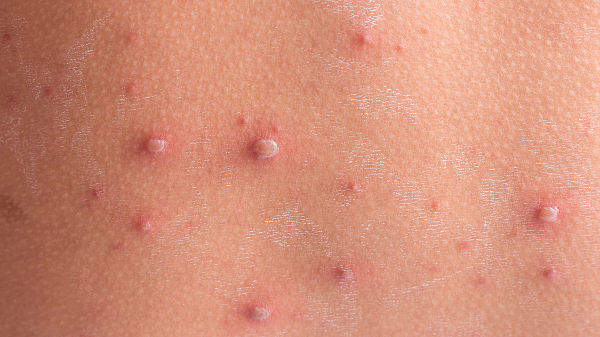
It’s a horrible disease, is what it is. It transforms the most delightful child into a grumpy, tantrum throwing monster and drives parents to consume high levels of alcohol and chocolate. In all seriousness, you probably already have some idea of what chicken pox is from your own childhood. It’s a common childhood disease, caused by the herpes (not that herpes, don’t panic) varicella-zoster virus and, according to the NHS, it is spread by both the fluid from the blisters (gross, we know) and “the droplets in the coughs or sneezes of someone with the infection”. In other words, it’s spread by our children’s delightful habit of sharing their own snot. Lovely.
The virus causes a rash to spread all over the patient’s body. The rash starts as red spots, that then blister, before turning into crusty scabs that children love to pick (yes, once again, children are gross, aren’t they). Once every single spot has scabbed over your gross little monster will no longer be contagious. This usually takes about a week from when the first spots appeared, but can take longer.
Is It Harmful?
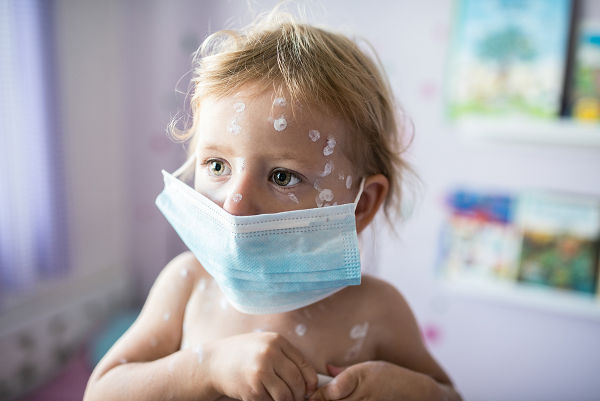
Most cases of chicken pox are mild (though it probably doesn’t seem that way when you have been in quarantine for a month with grumpy children who have infected each other), but it can lead to complications in rare cases, such as pneumonia. It can also be very harmful to pregnant women and their unborn babies, as well as those who have compromised immune systems. As it’s very contagious, it’s important to keep your infected child away from others until all of the spots have cleared.
The good news is, that once you have it, you are very unlikely to get it again. Repeated cases of chicken pox are very, very rare.
What About Shingles? Can I Get That From My Pox Ridden Terror?
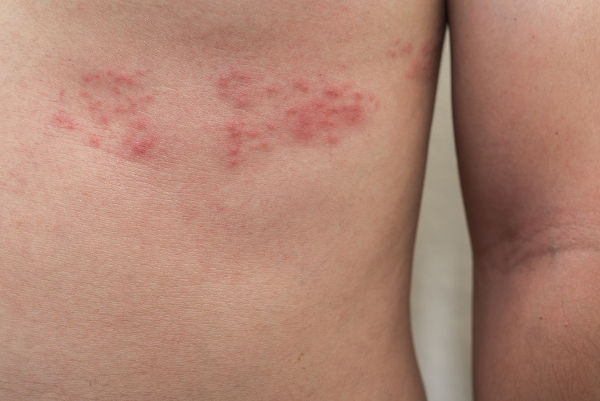
No, you can’t catch shingles from someone with chicken pox. You can only get shingles if you have previously had chicken pox yourself. The virus hides in your body, waiting for an opportunity to reactivate at a later date – usually when your immune system has taken a battering from something else. Unfortunately, this means that you can’t use your fear of shingles as a way of getting out of applying cream to your child’s blistering spots and getting your partner to do it instead. Sorry.
Pretty Sure My Child Has Chicken Pox – What Can I Do To Help?
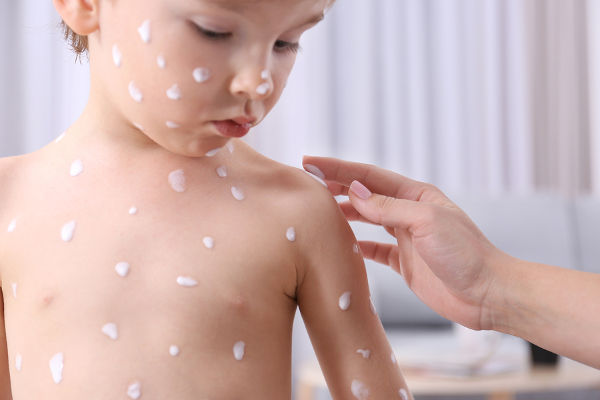
Firstly, and this is really, really, important, do not give your child ibuprofen, such as Calprofen if you suspect that he or she has chicken pox. Ibuprofen can react with the virus and cause various nasty side effects and complications. You can still give your child paracetamol products. Which, as any parent who has had to deal with a cranky, ill, child knows, is frigging ace.
Antihistamine For Itchiness
Secondly, you can also give your child an oral antihistamine product such as Piriton, providing he or she is over one year old. This will help stop the itching. If your child hasn’t had antihistamine before then you may not be aware that it also has the added benefit of making your child sleepy, which will reduce the likelihood of them waking up during the night due to itchiness. However, you might be one of the unlucky ones who has a child who reacts to antihistamine by going into full on turbo power and spends the next few hours running around your house pretending to be a race car. It’s basically the Russian Roulette of chicken pox medicine.
Creams & Lotions
Thirdly, you can apply creams to the rash that will help relieve the itching. Calamine Lotion was the cream of choice for our childhoods. These days, pharmacists are more likely to recommend Aqueous Calamine Cream, as it tends to have a more lasting effect. Some mums swear by Virasoothe, which is a cooling gel that can be applied all over the skin. It can be very effective at reducing the itchiness, and is much easier to apply than calamine cream or lotion.
If your child has eczema that is controlled with steroid creams, then you must consult your doctor before using any steroids during a chicken pox infection. Steroid creams can make the chicken pox virus worse by enabling infection to take hold in the blisters. Unfortunately, children with eczema are more prone to severe cases of the virus.
What About Bathing?
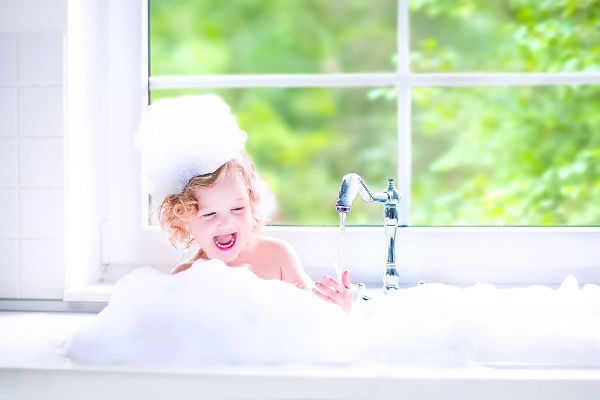
Bathing your child during chicken pox is fine, just make sure the water is not too hot. In fact, it might even help relieve some of the itching. You can also try an oat bath, which is a treatment usually used by eczema sufferers. Put oats in the foot of an old pair of tights, tie a knot to seal them in, and place it in the bath as you run it.
The oil from the oats has a moisturising and soothing effect, and you finally get to use some of the oats you have been storing in your cupboard since you had that brief health kick. You might also find that having a bath is a great way to distract your child, especially whilst you are stuck at home.
But How Do I Cope With Being In Quarantine For A Week?
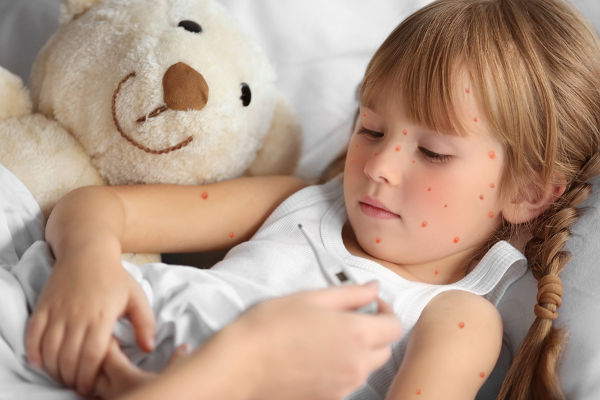
During the early stages of the virus you will probably find that your child is quite happy to chill out on the sofa watching cartoons, as for many children, the virus is very draining and causes fatigue. Netflix allows a number of people to share an account, so if you don’t have one, see if a friend or family member will let you use theirs for a few days, as there are hundreds of cartoons available. This is particularly useful when you have exhausted the entire back catalogue of CBeebies.
After a couple of days your child will start to feel better, but will still be contagious, so you will still need to keep him or her away from the general public. This is where you will need all of your rainy day defence mechanisms to keep you all sane. We have previously listed some ideas here and, of course, there is nothing to stop you going out in your own garden if the weather is favourable.
If you have friends with children who have previously had the virus then they may be willing to have you over for a playdate or come to you. If you live out in the sticks, then you can probably get away with a country stroll, but you do need to avoid any areas where there are likely to be other people. Make sure you have plenty of supplies for craft activities, baking, and cooking. And, of course, the ever essential bottle of wine to help you wind down at the end of the day.




